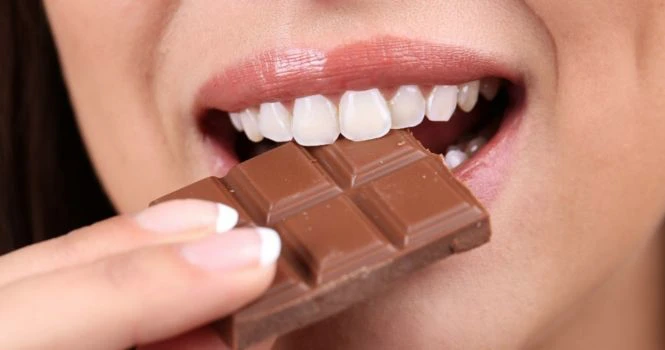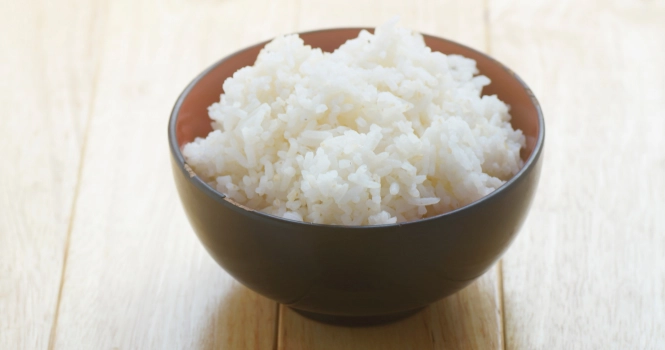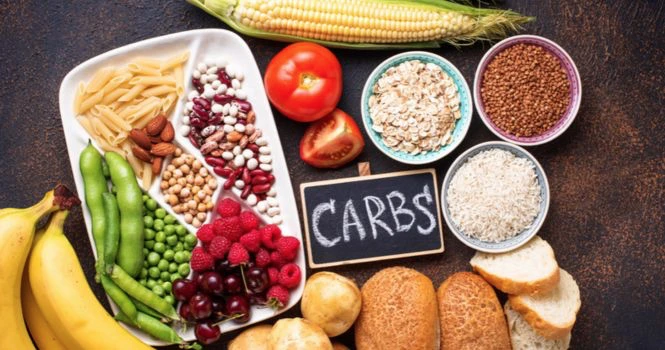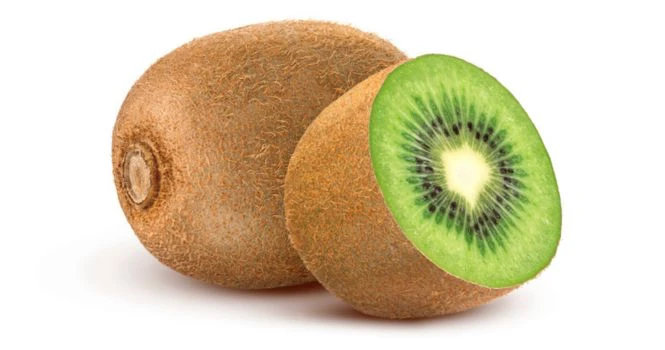Analyzing the Nutritional Profile of Chicken Teriyaki
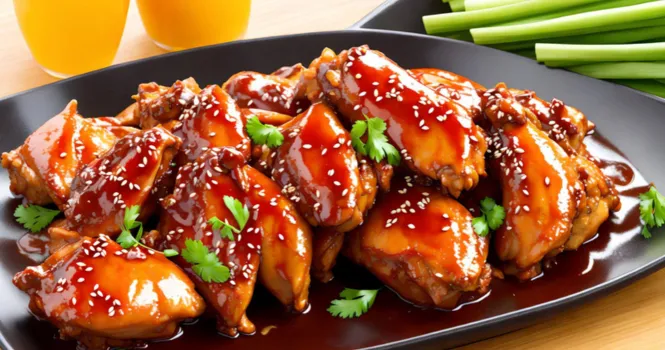
Chicken teriyaki, a popular dish in Japanese cuisine that has gained widespread popularity around the world, consists of chicken coated in a teriyaki sauce made from soy sauce, sugar, and mirin or sake.
While it can be a delicious and protein-rich meal, whether it is considered fattening depends on several factors, including the preparation method, portion size, and the specific ingredients used in the teriyaki sauce.
Nutritional Considerations
1. Chicken: As the main ingredient, chicken is an excellent source of lean protein, which is crucial for muscle repair and growth. Opting for chicken breast, which is lower in fat compared to darker cuts like thighs or drumsticks, can make the dish leaner.
2. Teriyaki Sauce: Traditional teriyaki sauce contains sugar and mirin (a sweet rice wine), which contribute to the overall calorie count of the dish. The sugar content can particularly add up, making the dish more calorie-dense. Many commercial teriyaki sauces may also contain added sugars and preservatives, increasing the calorie count further.
3. Cooking Method: The method of cooking can significantly affect the healthfulness of chicken teriyaki. Grilling or broiling the chicken with minimal added fat is healthier than frying. Some recipes may call for the chicken to be fried in oil, which increases the fat and calorie content of the dish.
Is Chicken Teriyaki Fattening?
- In Moderation: When consumed in moderation and prepared using lean chicken parts with a controlled amount of sauce, chicken teriyaki can be a part of a balanced diet without being overly fattening.
- Portion Size: Paying attention to portion sizes is crucial. A large serving of chicken teriyaki, especially if accompanied by high-calorie sides like fried rice or noodles, can contribute to a high-calorie intake.
- Sauce Content: Considering the sugar content in the teriyaki sauce is essential. Making homemade teriyaki sauce with less sugar or using natural sweeteners can reduce the calorie content while still providing flavor.
Making Chicken Teriyaki Healthier
1. Use Lean Chicken Parts: Opt for skinless chicken breasts to reduce the fat content.
2. Homemade Teriyaki Sauce: Prepare your own teriyaki sauce to control the amount of sugar and sodium. Ingredients like honey or a sugar substitute can be used in place of sugar, and low-sodium soy sauce can help reduce sodium intake.
3. Healthy Cooking Methods: Grill, broil, or bake the chicken instead of frying to minimize added fats.
4. Serve with Vegetables: Accompany the chicken teriyaki with a generous serving of steamed or grilled vegetables to add fiber and nutrients to the meal, making it more filling and nutritious.
Chicken teriyaki can be part of a healthy diet when prepared with lean chicken parts, controlled portions of sauce with reduced sugar, and healthy cooking methods.
Accompanying it with vegetables and mindful of portion sizes can further enhance its nutritional profile.
Like any dish, the key to enjoying chicken teriyaki without it being fattening lies in moderation, mindful preparation, and balance with other foods consumed throughout the day.



